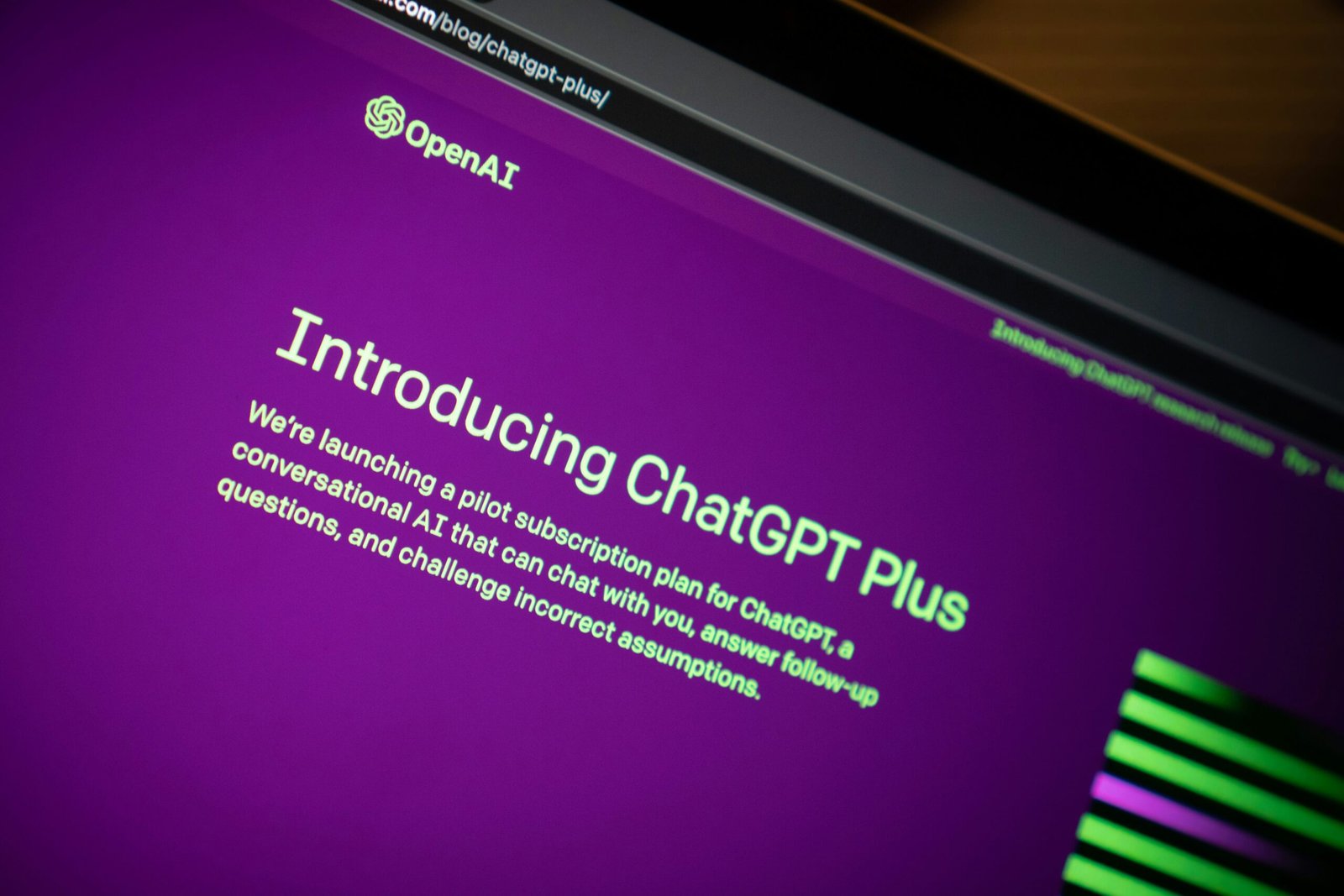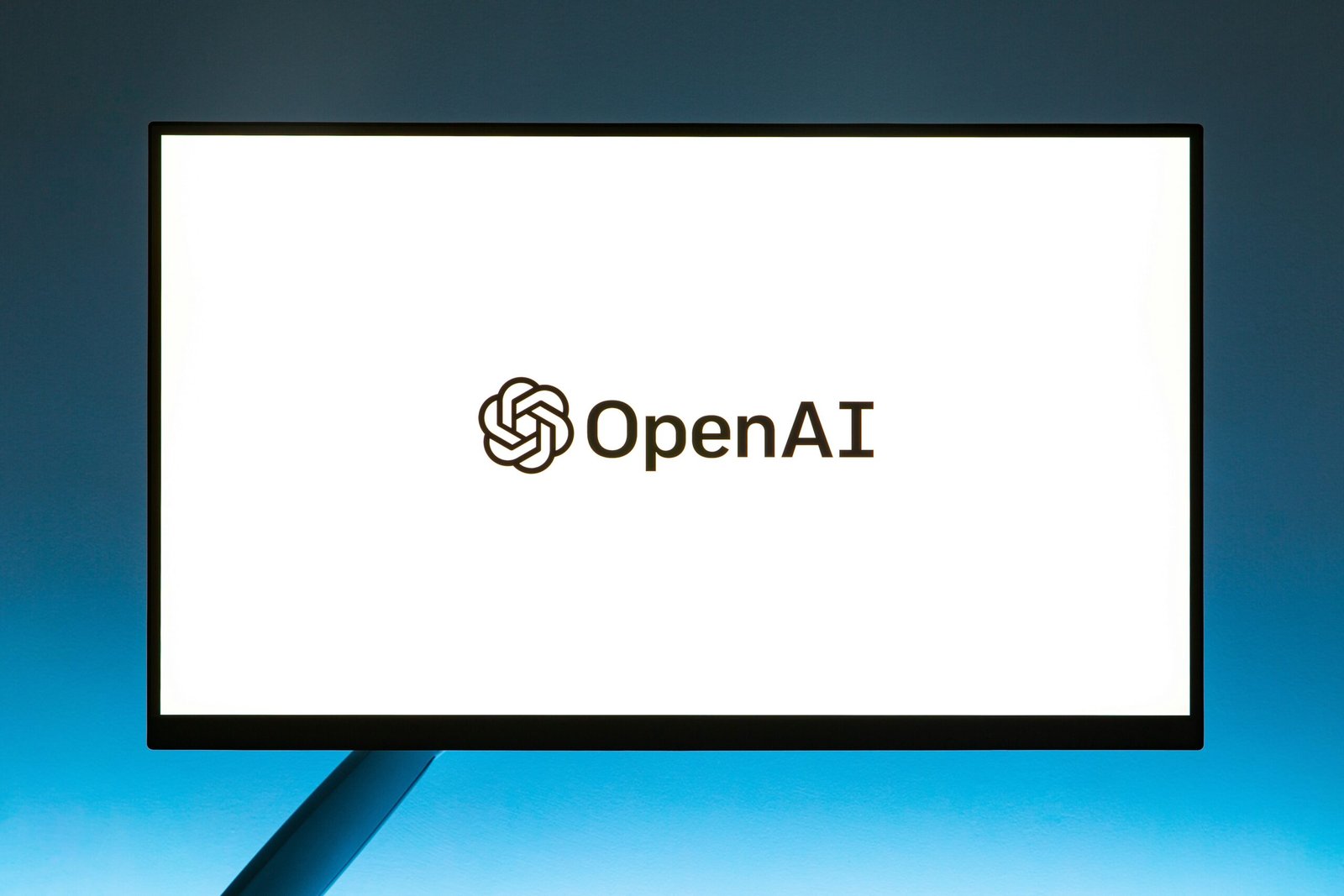With the advancements in natural language processing, building chat applications has become easier and more interactive. In this tutorial, we will guide you through the process of creating an OpenAI chat app using Python.
Step 1: Install the Required Libraries for Chat app
Before we begin, make sure you have Python installed on your machine. We will be using the openai library, which can be installed using the following command:
pip install openaiStep 2: Import the Required Libraries
Once the installation is complete, import the necessary libraries in your Python script:
import openai
import jsonStep 3: Authenticate with OpenAI
Next, you need to authenticate with OpenAI to access their chat API. You will need an API key, which you can obtain from the OpenAI website. Once you have the key, use the following code to authenticate:
openai.api_key = 'YOUR_API_KEY'Step 4: Create a Chat Session
To start a chat session, you need to create a list of messages. Each message should have a ‘role’ (‘system’, ‘user’, or ‘assistant’) and ‘content’ (the actual message). Here’s an example:
messages = [
{'role': 'system', 'content': 'You are a helpful assistant.'},
{'role': 'user', 'content': 'Who won the world series in 2020?'},
{'role': 'assistant', 'content': 'The Los Angeles Dodgers won the World Series in 2020.'}
]Step 5: Send Messages and Get Responses
Now, you can send the messages to the OpenAI chat API and receive responses. Use the following code:
response = openai.ChatCompletion.create(
model="gpt-3.5-turbo",
messages=messages
)The model parameter specifies the language model to use. In this case, we are using ‘gpt-3.5-turbo’, which is the most advanced model available at the time of writing.
Step 6: Extract and Display the Assistant’s Response
The response from the API call will be in JSON format. Extract the assistant’s reply using the following code:
assistant_reply = response['choices'][0]['message']['content']
print(assistant_reply)Now you can display the assistant’s response to the user.
Step 7: Iterate the Conversation
If you want to continue the conversation, simply add the user’s message to the existing list of messages and repeat steps 5 and 6:
messages.append({'role': 'user', 'content': 'Who was the MVP?'})
response = openai.ChatCompletion.create(
model="gpt-3.5-turbo",
messages=messages
)
assistant_reply = response['choices'][0]['message']['content']
print(assistant_reply)By iterating this process, you can create a dynamic and interactive chat experience.
Step 8: Handling Errors and Exceptions
While using the OpenAI chat API, it is important to handle errors and exceptions gracefully. Make sure to include the appropriate error-handling code in your script to handle any unexpected issues that may arise.
That’s it! You have successfully built a basic OpenAI chat app using Python. Feel free to explore the OpenAI documentation to learn more about the capabilities and options available with the chat API.
Remember to use the OpenAI API responsibly and ensure that your application complies with OpenAI’s usage policies.









One Response
My family members always say hat I am wasting my time here
at net, however I know I am getting know-how everyday by reading such fastidious articles or reviews